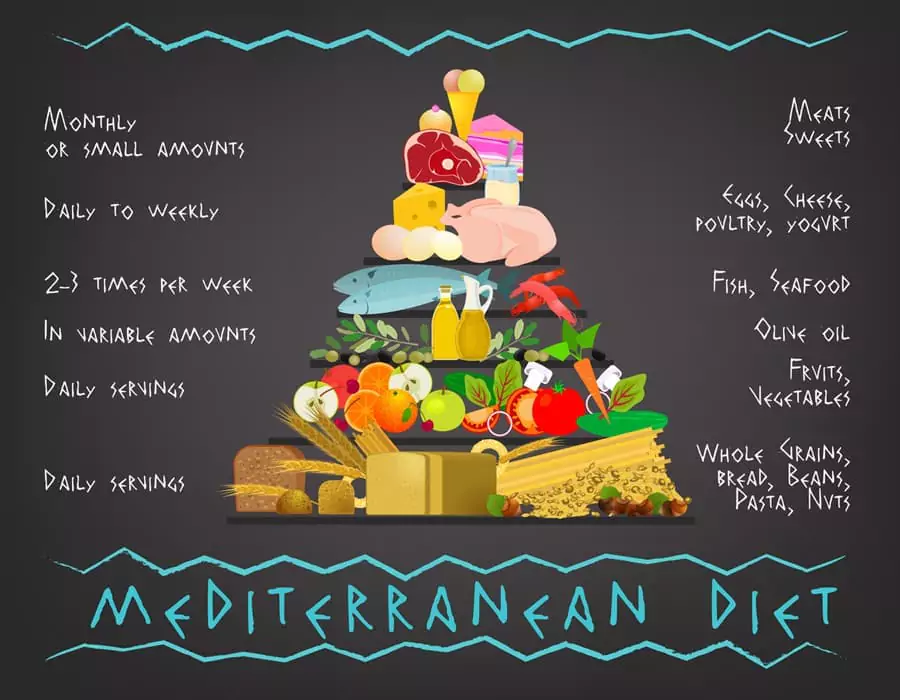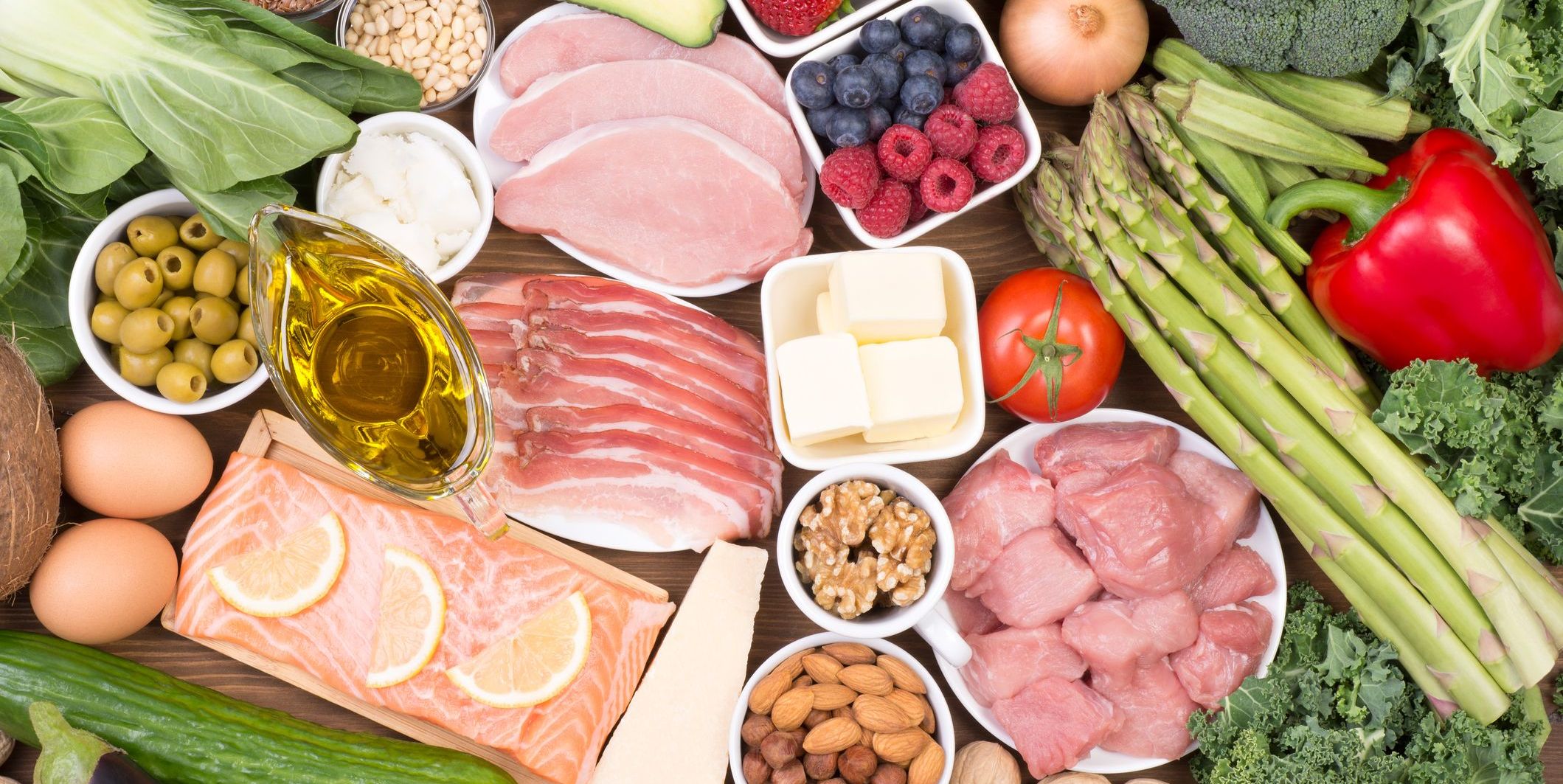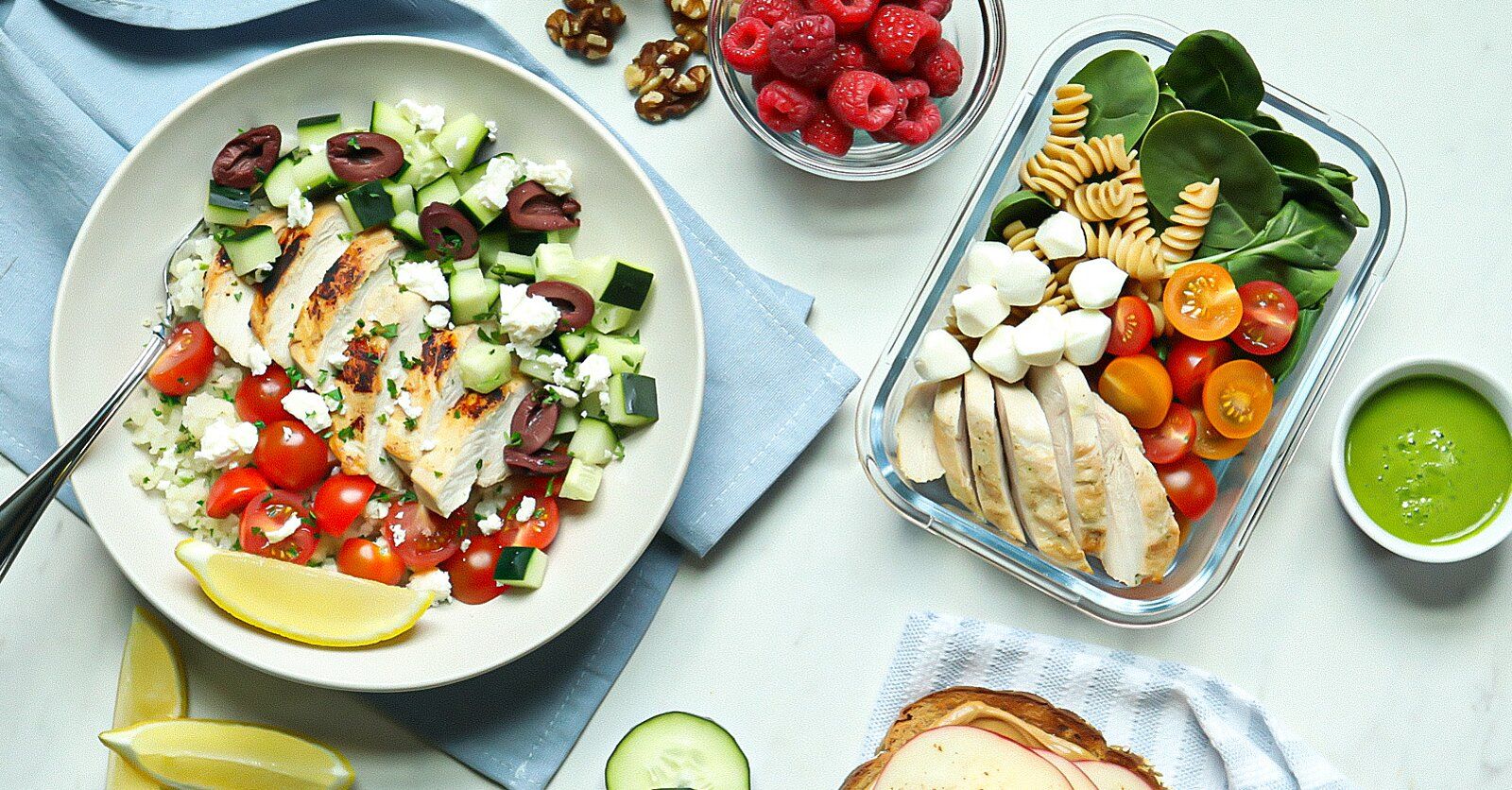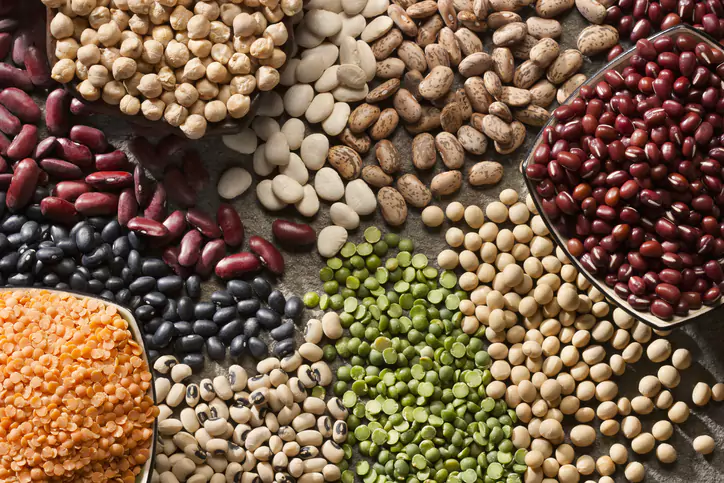





The Best Diabetic diet! Mediterranean Diet!


Table of Contents
- What is The Mediterranean diet?
- What are the main pillars of the Mediterranean diet as one of the Best Diabetic Diet?
- What are the popular vegetables in the Meditteranean Diet?
- Why extra virgin olive oil is so valuable?
- What is a Key take away?
- Why is Fish so important in the Mediterranean diet?
- Let’s talk about NUTS
- What about Animal meat in the Mediterranean diet?
- To recap, the main components of the Mediterranean diet as a diabetic diet include:
- What are the things you never eat in MD?
- Shopping list for the Mediterranean diet:
- Foods you should never put in your basket at the grocery store:
Hey guys! I am Dr. Ahmet Ergin. I am a physician, endocrinologist, and diabetes education, specialist. Finally, I am talking about the Mediterranean diet because you asked for it. I am telling you this diet is the best diabetic diet, even better than the keto diet. This article will help control your diabetes and help you live a longer, fuller life with less inflammatory disorders and heart problems while eating delicious food.
What is The Mediterranean diet?
Mediterranean diet is more of a lifestyle rather than a proportioned strict diet. It is a mostly plant-based diet that prioritizes whole grains, vegetables, fruits, legumes, and unsaturated fats. This diet was announced as the best diet for healthy eating for the third year in a row now. I want to stress the unsaturated fats because that makes the world’s biggest difference and separates MD from the keto diet.
Unfortunately, in the keto diet, people end up eating many unhealthy fats that do not favor them except for short-term weight loss. I am sure now you are asking,” What makes is The Mediterranean diet so useful and popular and why I call it the best diabetic diet, right?” I agree. Let’s look into it The Mediterranean diet became famous after researchers uncovered an interesting finding between 2 world populations.
Overall fat intake in Crete(an island in Greece) was similar to the people living in Finland, which was approximately 40% of TEI. The Crete population had an approximately 30-fold lower rate of CHD. How is that?
What are the main pillars of the Mediterranean diet as one of the Best Diabetic Diet?
The foundation of the Mediterranean diet is vegetables, fruits, herbs, nuts, beans and whole grains, seafood, and EVOO. Meals are built around these plant-based foods. Moderate amounts of dairy, poultry, and eggs are also present in the Mediterranean diet.
In contrast, red meat is the least popular item in this diet and people in the Meditteranean region eat red meat only twice a month at best. When it comes to red meat, the cow is the least popular animal for red meat, and we will explain why shortly.
What are the popular vegetables in the Meditteranean Diet?

Healthy Mediterranean diet
I think sticking to non-starchy vegetables is best for diabetic patients (mostly regular or even sweet potato). So I would recommend dark leafy greens such as kale, beet greens, Brussel sprouts, mustard greens, and collard greens, artichokes, beets, broccoli, cucumber, eggplant, mushrooms, radishes, and onions.
Why extra virgin olive oil is so valuable?
Olive oil is the primary source of added fat in the Mediterranean diet. Olive oil provides monounsaturated fat, which has been found to lower total cholesterol and low-density lipoprotein (LDL or “bad”) cholesterol levels.
It is now recognized that monounsaturated fatty acids (MUFAs) found in extra virgin olive oil (EVOO) and n-3 polyunsaturated fatty acids (PUFA) mainly from Fish contributed to the beneficial effects of the Mediterranean diet observed in Crete’s population.
Studies show that high fat intake (35–40%), mostly from EVOO, was associated with primary prevention of CVD and diabetes. As you can imagine very little diabetes exists in Crete explaining why the Mediterranean diet is the best diabetic diet.
What is a Key take away?
Replace butter and margarine with healthful oils such as olive or canola oil. Use these oils for cooking, or lightly spread olive oil on whole-grain breads.
Why is Fish so important in the Mediterranean diet?
In Spain, consumption of Fish is approximately four times more than we consume in the United States. Does that tell you something? Unfortunately, the most commonly used oil in the United States is soybean oil which is rich in omega 6-fatty acid.
On the other hand, Mediterranean populations tend to consume a larger percentage of PUFA of marine origin which is rich in omega-3 fatty acids. Scientists believe omega-6s are pro-inflammatory, while omega-3s are anti-inflammatory. You figure the rest.
Let’s talk about NUTS
Higher intakes of nuts and EVOO were also associated with a lower incidence of type-2 diabetes. So munch on nuts when you are bored instead of chips or buttered popcorns. Nuts and seeds also contain monounsaturated fat.
Remember the word “Minimally processed”
Fresh vegetables and fruits are vital to consume daily 3-5 times a day. In MD Fruits are typically consumed as desserts. Of course, if you have diabetes, you have to watch out for high glycemic index fruits such as grapes, melons however, small portions consumed frequently are perfectly okay.
There is no room for pastry/bakery products or ice cream type of processed deserts in the Mediterranean diet unless they are made from whole grains and multigrain without table sugar.
What about Animal meat in the Mediterranean diet?
Red meat should be consumed no more than twice a month. Hold on! Do not leave the video yet! I was going to tell you that not every red meat is the same. In Mediterranean countries, red meats are mainly from goats and sheep, which provide higher content in (MCFA) that are less risky for heart disease than the LCFAs which is found in red meat from the cows.
So you may want to get a little taste for sheep and goat if you really want your red meat. Ok, Dairy fans! You can relax. Low to moderate intake of dairy is ok in the Mediterranean diet. Also, remember that higher levels of MCFA were found in goat and sheep milk versus cow’s milk because cheese aging increases free MCFA ( which is better than LCFA) several folds.
Not surprisingly, in Mediterranean countries, milk is processed to a large extent into cheese or yogurt, rather than being consumed as raw milk or converted into butter. So, the bottom line, fat in the cheese is much healthier than the fat in raw milk. So it is a wise idea to stay away from milk and butter and stick to yogurt and cheese.
Goat cheese is definitely a better alternative. In Mediterranean supermarkets, you can also find cheese made from sheep milk. So in your diabetic diet please remember to incorporate a moderate amount of debris and try to avoid whole milk from cows.
To recap, the main components of the Mediterranean diet as a diabetic diet include:

Mediterranean diet
• Daily consumption of vegetables, fruits, whole grains, and healthy fats
• Weekly intake of Fish, poultry, beans, and eggs
• Moderate portions of dairy products
• Limited intake of red meat
• Limited sweets: fresh fruits are the typical daily dessert, with sweets based on nuts and made with olive oil
• High-quality fats: olive oil is the primary source of fat, and total intake is moderate (30%) to high (40%) of total energy intake
• Low to moderate dairy intake: mainly cheese and yogurt
• Alcohol: wine can be consumed in low to moderate amounts with meals
• Herbs and spices: used instead of salt to add flavor to foods
• Eat protein foods such as skinless chicken and turkey, fish, beans, nuts, and other plant-based protein sources.
Eat Fish at least once or twice each week. Fresh or water-packed tuna, salmon, trout, mackerel, and herring are good choices. Substitute fish and poultry for red meat. When red meats are eaten, choose lean cuts and keep portions small (about the size of a deck of cards).
What are the things you never eat in MD?
Okay, Don’t eat these: Sugar-sweetened beverages, added sugars, processed meat, refined grains, refined oils and other highly processed foods.
Shopping list for the Mediterranean diet:
Extra virgin olive oil
You can use it in dips, spreads, and salad dressings. Fresh fruits and vegetables Dark leafy greens such as kale, beet greens, mustard greens, and collard greens are often added to frittatas, beans, and lentil soups. Other vegetables common to this region include artichokes, beets, broccoli, cucumber, eggplant, mushrooms, radishes, and onions.
Fish:
Fish are also important in the Mediterranean diet. Fatty fish — such as mackerel, herring, sardines, albacore tuna, salmon, and lake trout — are rich in omega-3 fatty acids and great in MD.
Whole grains:
Farro is one of the traditional grains used in both hot dishes and cold salads in Italy. Another classic grain is bulgur, which is made from cracked wheat berries and used in pilafs and tabbouleh. Couscous, pasta, and barley are also commonly found in different regions. When shopping for whole grains, look for the term “whole” or “whole grain” on the front of the package and in the ingredient list—it should be the first ingredient listed.
Legumes:
One of the most prevalent pulses in Mediterranean cuisine is the chickpea, which is whipped into hummus, formed in falafel and tossed into salads. Lentils are also commonly used in soups and stews for tasty one-pot meals packed with fiber and protein. Black-eyed peas, kidney beans and cannellini beans are often tossed into salads with a drizzle of olive oil and a fresh squeeze of lemon.
Nuts and seeds:
You can enjoy Nuts and seeds as snacks with their right amount of protein and healthy fat and fiber ( Try to use natural not processes, non-roasted ones) . A common condiment on the coastline of the Mediterranean is tahini, which is made from ground sesame seeds.
Most famously used in hummus, this versatile condiment also makes salad dressings sing. Use it in sauces or dressings to spoon over roasted veggies or grain bowls.
Canned tomatoes
Whole, diced, stewed, or concentrated into a paste, both canned and fresh tomatoes are everyday staples in the Mediterranean. Greek yogurt and artisanal cheeses
Foods you should never put in your basket at the grocery store:
If you have any of these items below in your basket you are far from being on the best diabetic diet.
• Added sugar: Soda, candies, ice cream, table sugar, and many others.
• Refined grains: White bread, pasta made with refined wheat, etc.
• Trans fats: Found in margarine and various processed foods.
• Refined oils: Soybean oil, canola oil, cottonseed oil, and others.
• Processed meat: Processed sausages, hot dogs, etc.
• Highly processed foods: Anything labeled “low-fat” or “diet” or which looks like it was made in a factory.
AHMET ERGIN, MD, FACE, CDCES, ECNU ENDOCRINOLOGIST 2260 Palm Beach Lakes Blvd. Ste 212 Unit #7 West Palm Beach, Florida
Written By Dr. Ahmet Ergin
461 total articles
Meet Dr. Ahmet Ergin, a highly skilled and dedicated endocrinologist with a passion for diabetes care. Dr. Ergin earned his medical degree with honors from Marmara University in Istanbul. He completed internal medicine residency and endocrinology fellowship at Cleveland Clinic. Dr. Ergin is board-certified in Internal Medicine, Endocrinology, Diabetes, and Metabolism due to his vast medical expertise. He's a certified diabetes educator, author of “The Ultimate Diabetes Book,” and founder of “the SugarMD YouTube channel.” Dr. Ergin offers exceptional diabetes care to his patients in Port Saint Lucie, FL, helping them manage effectively. For a closer look into his insights and experiences, connect with Dr. Ahmet Ergin on LinkedIn, Instagram, and YouTube.”
Disclaimer: These statements have not been evaluated by the Food and Drug Administration. Information on this website isn't intended to treat, cure or prevent any disease. Discuss with your doctor and do not self-treat.
Products













